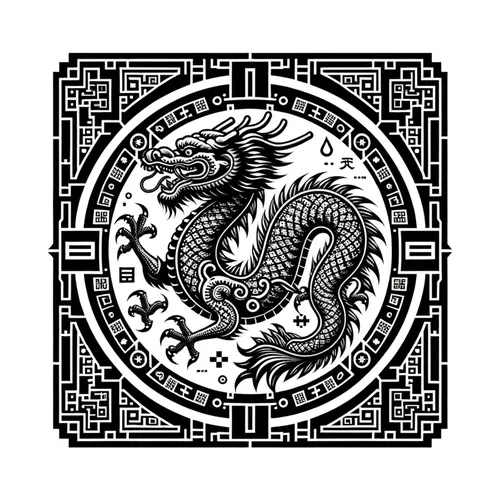Ting's Cyber Tea: China's AI Hacks, Telecom Attacks, and Looming Threats!
- Author
- Quiet. Please
- Published
- Thu 03 Apr 2025
- Episode Link
- https://www.spreaker.com/episode/ting-s-cyber-tea-china-s-ai-hacks-telecom-attacks-and-looming-threats--65339445
This is your Digital Dragon Watch: Weekly China Cyber Alert podcast.
Hey, it’s Ting here, your go-to guru on all things cyber and China! Buckle up because the past week in China-related cybersecurity has been a wild ride—not quite roller-coaster fun, but definitely edge-of-your-seat stuff.
First up, let’s talk about this massive spike in AI-driven attacks coming out of China. According to CrowdStrike’s 2025 Global Threat Report, we’re seeing a 150% jump in cyber espionage from China-nexus adversaries. These aren’t your run-of-the-mill hacks either—Generative AI is the star player. Attackers are pulling off intricate social engineering moves like “vishing” (voice phishing), which saw a crazy 442% increase. Groups with names as quirky as CURLY SPIDER and PLUMP SPIDER are leading the charge, targeting industries like finance, manufacturing, and media. And here’s the kicker: 79% of these attacks bypass traditional malware systems by exploiting stolen credentials. Old-school defenses? They’re toast.
Speaking of attacks, the U.S. telecom sector has been under siege by a China-backed group called Salt Typhoon. This isn’t just some rogue operation—they’ve infiltrated multiple networks, stealing metadata and even intercepting private communications. Federal agencies like CISA and the FBI are scrambling to mitigate the damage, but here’s the chilling part: no one’s entirely sure how deep Salt Typhoon is embedded. Officials are urging carriers to harden defenses, especially against vulnerabilities in Cisco devices. It’s a critical moment for U.S. infrastructure.
On the legal front, China is fine-tuning its Cybersecurity Law. Draft amendments released last week propose stricter penalties for data breaches, better alignment with existing laws, and even measures for “mitigating penalties” if companies clean up their mess quickly. If you’re doing business in China, now’s the time to revamp your compliance strategies. Fines are no joke—especially for critical infrastructure operators like energy and telecoms.
And now, the geopolitical layer: The U.S. intelligence community has flagged China as the “most capable strategic competitor” in its 2025 Annual Threat Assessment. DNI Tulsi Gabbard’s testimony before Congress was stark—Beijing is stockpiling cyber capabilities in case relations really go south, like a conflict over Taiwan. Think attacks on power grids, water systems, and communication networks, all aimed at sowing chaos.
So, what’s the U.S. doing? CISA is on a warpath with initiatives like CyberSentry threat detection and the Joint Cyber Defense Collaborative. They’re actively hunting PRC cyber actors and shoring up defenses in critical sectors. Meanwhile, the Biden administration is tightening restrictions on Chinese tech in U.S. supply chains, from drones to internet-connected cars.
My advice? Businesses need to up their game. Real-time threat detection, zero-trust architectures, and robust employee training are non-negotiable. Oh, and don’t sleep on monitoring AI advancements—attackers aren’t slowing down, and neither should you.
That’s the scoop for this week. Until next time, stay cyber-safe, folks!
For more http://www.quietplease.ai
Get the best deals https://amzn.to/3ODvOta
